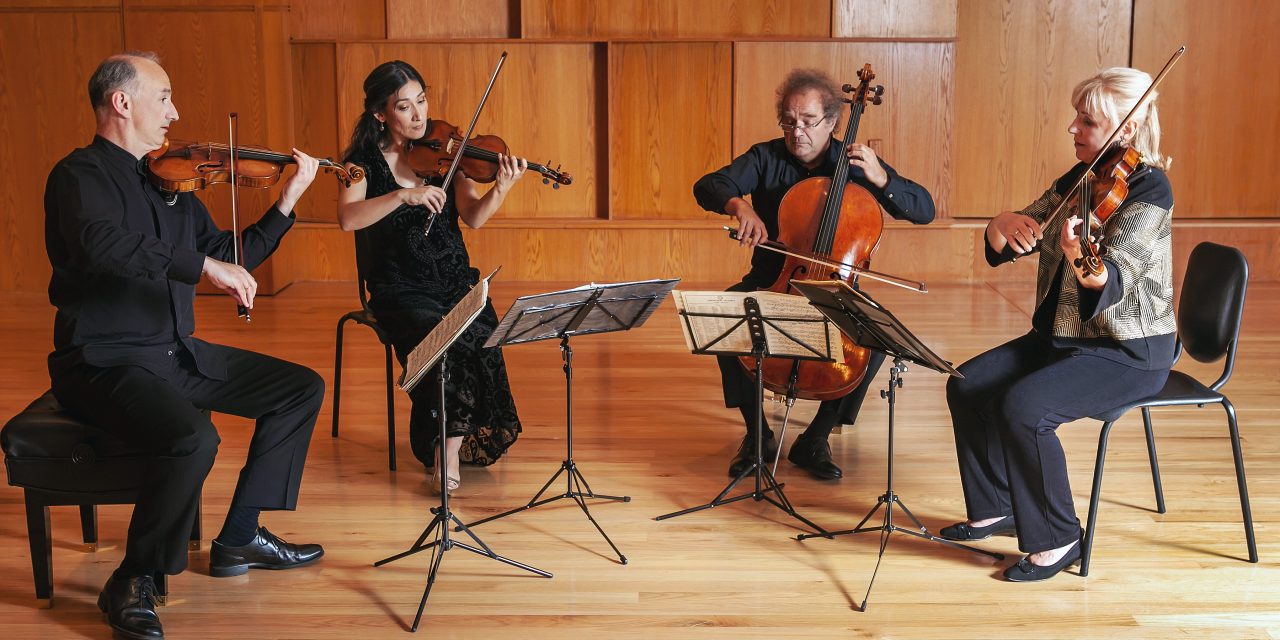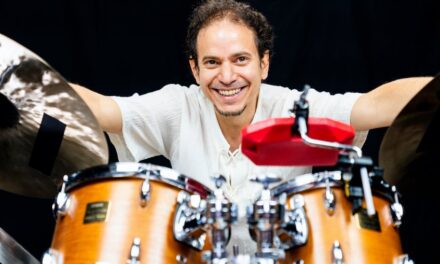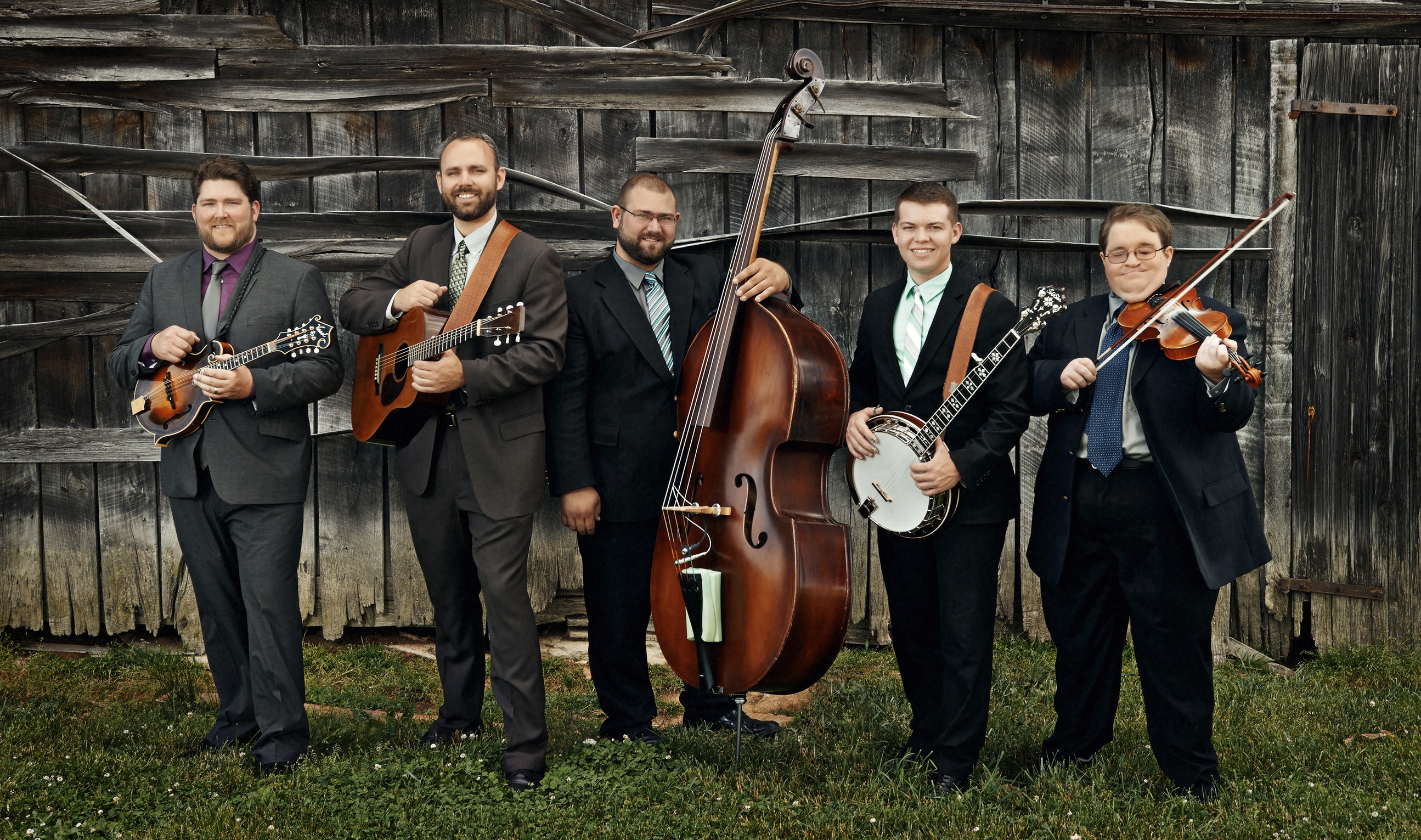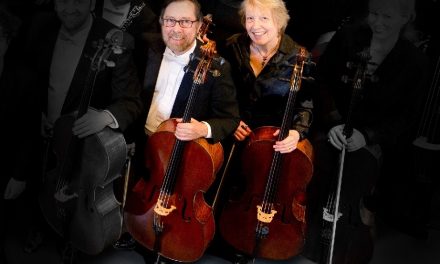Photo: Amanda Tipton
The Takács Quartet
Edward Dusinberre – Violin
Harumi Rhodes – Violin
Geraldine Walther – Viola
András Fejér – Cello
Review by Annette Skaggs
Entire contents are copyright © 2018 Annette Skaggs. All rights reserved.
Not many musical organizations can boast 81 seasons of performing, but our Chamber Music Society of Louisville is one. So, in celebration of their 385th concert audiences were treated to the world-renowned Takács Quartet who serve as Associate Artists at Wigmore Hall, London as well as Quartet-in-Residence at the University of Colorado in Boulder.
The afternoon began with Joseph Haydn’s Quartet in D Minor, Op. 76, No. 2. Out of the six String Quartets of Haydn Op. 76 shows a mature and musically fruitful time in the composer’s life, where within a small amount of time he had composed many symphonies, quartets, and even an opera. It is within this selection that we can hear Haydn play a bit with sound. Commonly referred to as “Quinten” or “Fifths”, this quartet delves into the sounds of rising and falling fifths. Of course one would guess that the dominance would be in the violin, but this piece deviates from that norm and fifths are found throughout the score for each instrument. While listening to these teachers of strings, I watched intently as their signals to one another would often allow me to know that an interesting musical line was coming up. Throughout the four movements: Allegro, Andante o più tosto, Menuetto and Finale, the changes in tonality and function were both hard driving and subdued. Something that I had noticed within the score and its presentation were how cunning Haydn was in changing into a Major scale with little notice. An example of one of the reasons why Haydn was masterful in composition, and also a reason why musical dexterity and knowledge is paramount to performing his works. Luckily our musical guests have that in spades.
Shostakovich’s Quartet No. 4 in D Major, Op. 83 was next in a concert that was certainly a treat for the ears. While I don’t know this piece very well, I could hear what I would consider folk music, more explicitly Russian folk music. Within the first movement, Allegretto, there is a lot of melodic layering. The viola and cello are the foundation for which the violins begin to add layers of musical context on top. Just when you think that a resolution is on the horizon, the lower strings begin to double up, but without warning, a lovely melodic line comes front and center, until a resolution to the theme within a lower register. The second movement’s Andantino is waltz-like and its weight carried within the Violin II and Viola, even with a Violin I solo. There is some echoing of melody shared with the violin and cello but is short. With muted instruments, the third movement, Allegretto-attacca, the melody is surprisingly in the cello. When the Violin I takes over, the music becomes quicker with a steady scherzo pulse contained within the lower strings. The viola opens the fourth movement, Allegretto. As the music moves forward a dance-like theme takes hold with driving octaves and repetitions. I noticed that at one point the cello sounded almost bass-like. I could feel its resonance where I was sitting.
Johannes Brahms was known to be a perfectionist and his penchant for either discarding compositions or tweaking them for years is well documented. Lucky for us he gave his seal of approval with his Quartet in A Minor, Op. 51, No. 2. Allegro non-troppo allows us to catch a glimpse into Brahms’ writing style in that he likes to make sure that all notes have a connection, such as the introduction of A minor to C to A major. He does something similar in the second movement, Andante moderato, where he treats the theme like a rubber band. There are at times long exhibitions, such as within beautiful accents from the second violin, but then…boom, an abrupt change, and a short re-introduction. Quasi Minuetto is exactly as it sounds, has a rhythmic dance-feel to it and just as you are enjoying its trance, you are pulled into another just as lovely theme, first with the second violin and cello than to the first violin and viola. In its Finale: Allegro non assai it starts off with a flourish and continues its flight as such, finishing off with a satisfying resolution in A minor.
An exquisite opening to the Chamber Music Society of Louisville’s 81st Season.
Bravi Tutti!!
The Takács Quartet
October 14, 2018
Chamber Music Society of Louisville
Comstock Hall
150 W, Brandeis Street
Louisville, KY 40292
Annette Skaggs is heavily involved as an Arts Advocate here in Louisville. She is a freelance professional opera singer who has performed throughout Europe and in St. Louis, Cincinnati, Boulder, Little Rock, Peoria, Chicago, New York and of course Louisville. Aside from her singing career, she has been a production assistant for Kentucky Opera, New York City Opera, and Northwestern University. Her knowledge and expertise have developed over the course of 25+ years’ experience in the classical arts.





